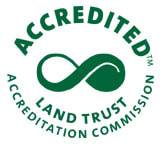|
Congrats to Karen Habeck for capturing the most items on our Winter Scavenger Hunt in February! Check out her photos below.
0 Comments
Congratulations to Rebecca and Chuck Neal for capturing the most items on our Winter Scavenger Hunt! Check out their photos below and don't forget to submit your photos for a chance to win some Little Forks swag! The Little Forks Conservancy is pleased to announce that we are applying for a renewal of accreditation. A public comment period is now open.
The land trust accreditation program recognizes land conservation organizations that meet national quality standards for protecting important natural places and working lands forever. The Land Trust Accreditation Commission, an independent program of the Land Trust Alliance, conducts an extensive review of each applicant’s policies and programs. The Commission invites public input and accepts signed, written comments on pending applications. Comments must relate to how Little Forks complies with national quality standards. These standards address the ethical and technical operation of a land trust. For the full list of standards see https://www.landtrustaccreditation.org/help-and-resources/indicator-elements. To learn more about the accreditation program and to submit a comment, visit www.landtrustaccreditation.org, or email your comment to [email protected]. Comments may also be faxed or mailed to the Land Trust Accreditation Commission, Attn: Public Comments: (fax) 518-587-3183; (mail) 36 Phila Street, Suite 2, Saratoga Springs, NY 12866. Comments on Little Forks’ application will be most useful by March 19th. This isn’t the easiest note to write, which gives me some comfort. Decisions like this shouldn’t be easy. But it is exciting and decisions like this should be exciting. February 5th will be my last day with Little Forks Conservancy. I have been offered a position with the Community Foundation for Southeast Michigan as a Senior Program Officer with a focus on environmental and arts & culture grantmaking. Anyone who has talked with me for any significant amount of time knows my love for art, music, literature, and my belief in the importance of cultural institutions to communities and place-building. To combine that love with my commitment to conservation and a service area where I was raised is too good of an opportunity for me to pass up. Little Forks has been an incredible place to work over the past 4+ years and I am so honored to have been part of progress on so many fronts. As LFC looks to the future with a new strategic plan to be developed, new office space to be determined, and some really exciting projects coming, I think it is quite good timing for me to step aside. In thinking about what has been accomplished since the fall of 2016, it is quite impressive for a small staff! We opened our first preserve outside of Midland County, completed the Averill Access for All path, closed on the largest conservation easement in our organization’s history, and launched innovative programming aimed at underrepresented communities in the conservation and outdoor recreation worlds, while proactively addressing diversity, equity, and inclusivity issues both in the organization and alongside other partners. Some see the future of conservation as more acres protected and more dollars raised. I think that if we do not broaden the definition of what it means to be a conservationist, those acres and dollars will be for naught. I am proud that Little Forks is a leader in those efforts. Due to COVID-19 restrictions and remote work availability in my new role, Tara and I will not be relocating immediately. Which means I have a lot of goodbye hikes to schedule at one of our preserves, so please be in touch! I look forward to continuing to support organizations in the community, even when we are no longer in the area. I really want to make sure I do everything possible to have LFC positioned to make its 25th year its best yet. My focus will be on advancing our mission until my last day – and even then, I plan on continuing my involvement as a donor. A search committee, chaired by Mary Haslam, a member of the Board’s Executive Committee, will be forming shortly and more information will be available through email as well as on our website and social media accounts.
Every year the staff at Little Forks reflect on the closing year - our favorite moments, accomplishments, events and what we look forward to in the new year. Take a look at some of these moments below and feel free to share your favorite memories (and pictures!!) experienced on our preserves or with us in 2020! 26-acre conservation easement protecting 1,250 feet of frontage on the West branch of the Cedar River.
Another highlight from the year was our involvement in the Huron Pines AmeriCorps program. I have been very grateful to work with many AmeriCorps members over the year and have always been impressed by how much they can get done. This year, Forestview Natural Area was hit pretty hard by the dam failures resulting in an enormous amount of trash and debris on the floodplain, and damage to a footbridge. Huron Pines AmeriCorps members decided to hold their day of service to help us repair and clean up the damage from the flood. In one day, we were able to fill a 30-yard dumpster with debris and rebuild a new bridge allowing us to open back up the property which had been closed since May. I am very thankful for their hard work of all the members and their dedication to conservation. Huron Pines AmeriCorps Members help to repair flood damage at Forestview. Another highlight of 2020 was seeing the increased usage of our preserves during the pandemic. It really helps solidify the importance of our work in the community as our properties were able to provide a space for exploration, exercise and a bit of peace and calm in our world. Looking ahead to 2021, I am excited about continuing our work in the Cedar River watershed to promote our conservation programs, and being able to work with volunteers again on our river clean up and stream sampling. In addition, I look forward to continued projects on our preserves to restore habitat and improve recreational opportunities. I am sure 2021 will be a year to remember. Andrea and her daughter. Andrea Foster There were two highlights in 2020 that really stood out for me. One of them was learning how to better serve our community and strengthen our programs by attending the Learning Landscapes K-12 Leaders retreat for land trust educators in the Sierra Nevada mountains in March. The other highlight was learning how to create videos for our online platforms during the pandemic. Especially because my daughter was able to join me and be my director, camera kid, and co-producer! We built quality memories and spent time doing our favorite outdoor activities together. Riverview Natural Area Sara Huetteman In 2020, with the combined flood and pandemic, we had to adapt stewardship to be more mobile and work with less volunteers than normal. This meant more work on staff and the few wonderful volunteers that continued to help us - mask and all. I’d like to thank our long-time volunteers, Roger Garner and Denny Brooks for showing up multiple times this year to work in often hot conditions fixing the trails and cutting down invasive species. Huron Pines AmeriCorps members. We are also always grateful for having partnerships. When we needed help this year, our partners were there for us. Forestview Natural Area was wreaked from the flood waters and our partners from the north, Huron Pines AmeriCorps, came through with helping hands and funds to help rebuild and restore much of Forestview. We would not have had Forestview Natural Area open to you this fall if it wasn’t for them!
Riverview Natural Area
Join the Little Forks Conservancy for snowshoe hikes at some of our natural areas. We will have adult and teen sizes available for use, but feel free to bring your own if you prefer. Space is limited to 15. If there is not enough snow to use the snowshoes, we will go for a regular hike instead. Dress warmly and in layers, wear waterproof and warm boots, bring your own water bottle, and email Andrea with any questions, comments or concerns.
Covid regulations apply, please bring and wear your own mask. Event dates/times: January 18th at 2pm - Forestview Natural Area February 15th at 4pm - Riverview Natural Area Snowshoes available for events: 4 - size 21 (80-150lbs) 14 - size 25 (120-200lbs) 2 - size 30 (220-300lbs) Little Forks invites you to visit any of our five public properties this winter and partake in a photo scavenger hunt. Participate at your leisure and submit photos of listed items throughout the winter months for a chance to win a prize!
Submit your photos to [email protected] Scavenger hunt details and rules below. As my service ends, I thought it would be a good idea to reflect on the year and all that I have done as a Huron Pines AmeriCorps member serving at the Little Forks Conservancy in 2020. I never expected this year to turn out the way it did, as I am sure many others did not either. A global pandemic and a 500-year flood in the same year? I definitely did not sign up for that. Serving remotely for many months was challenging. When I first started, I was expecting to be spending most of my service outside and working with other people. Instead, I spent a good portion of my service on my couch and became very familiar with using Zoom. However, even with all of the challenges that I faced – I was still able to get things done, take part in lots of exciting opportunities, and learn so much. Throughout my service, I was tasked with recording the visitor data from our preserves. The conservancy tries to keep track of how many visitors they get so that they can better understand how people are utilizing their properties. Most of my service occurred as the COVID-19 pandemic was taking place. We began to see increases in the number of visitors that were using the preserves. I decided to analyze the data and compare it to previous data from 2019. All of the preserves saw greater numbers of visitors in 2020. It was interesting to view just how much people were going outside during a time when they were not able to do much else. Being out in nature is so important for our physical, mental, and emotional health. Since many of our in-person events were canceled this year, we had to get creative and come up with some virtual alternatives. I became very familiar with using different types of software and programs to do outreach. I assisted with our virtual Garlic Mustard Pull where we encouraged the public to go out with their families to remove the invasive species.
Later in the season, once we were able to start working on our preserves and with volunteers, we held some work days doing things like trail building, invasive species removal, habitat restoration, and flood remediation. The 500-year flood damaged three of the conservancy’s preserves along the Tittabawassee river and their office. Forestview Natural Area in particular was affected. Boardwalks were shifted, the floodwaters caused the bridge to move off of the creek (getting damaged in the process), and piles of debris were deposited all over the land along the river. I helped plan a Huron Pines AmeriCorps service event at Forestview during which we spent a day rebuilding the bridge and removing flood debris from the property. During some of my final weeks of service I took the lead on a scout project at Riverview Natural Area where were thinned some trees and removed invasive species. Having too many trees in one area can lead to overcrowding issues where the trees will compete with each other for resources. By removing some, we can establish healthier forests and increase growth in those that were left. The cut trees were used to create piles of brush that will serve as habitat for critters in the area. Conservation easements are agreements with landowners that protect their properties and resources. Little Forks conservancy has over thirty easements and each one must be monitored annually. Over the past few months I learned about easements, various conservation practices, and communicating with landowners. My site supervisor, Elan, taught me how to complete a monitoring visit and create a monitoring report after. I spent many days hiking around some gorgeous properties in Mid-Michigan. I have seen farm fields, wetlands, forests, rivers and lakes. Getting to see firsthand how the conservancy has been able to protect land, resources, and habitats in the surrounding areas was amazing.
Not too far from the Chippewa River is a seven-acre property that was once part of a small family farm in Homer Township. This past summer, the Little Forks Conservancy accepted the donation of this property in honor of the family that owned it for generations. The decision to donate the property was an easy one for John Anderson, as he and his late wife, Ursula, had discussed wanting to see it preserved for the education and enjoyment for the people of the Midland area. Ursula’s family had owned and lived near the property for years and to commemorate that legacy, John contacted Little Forks to preserve the family’s legacy.
The newly protected Anderson property will become the conservancy’s seventh nature preserve. Management objectives are being developed, but options include an outdoor learning space for Little Forks’ Nature/Nurture program as well as a small park area for the community. The property has been routinely mowed for hay, keeping invasive species just to the edges.
“This allows us to have a blank slate to work from and create something truly enjoyable for the community,” commented Sara Huetteman, preserve and volunteer manager. Traditionally, as a student in August attending Michigan State University, I would be getting ready for my fall semester classes and preparing to move into a dorm room on campus. College is supposed to be an exciting time for young people to grow and learn about all that life has to offer, but that would be during a normal year. 2020 is far from normal, and while I am looking forward to my courses beginning, plus spending time with my new MSU friends, all of this is going to be conducted virtually at home. Like many other students, my classwork will be completely online due to the COVID-19 pandemic, so I will be staying in my hometown of Midland, MI during the coming months. One may think this means that opportunities to learn and grow will be very limited since the virus continues to impede society. Even though change is occurring to everyone’s day to day living, students like myself and their families can still enjoy their lives during this era of social distancing. Nature is the best medicine for society’s struggles, because it has the unique ability to restore one’s sense of normalcy during this pandemic and the ongoing uncertainty it brings. This year, 2020, is when the importance of community sustainability is coming to the forefront. Family and friends are riding their bikes more, neighborhood parks and gardens are being visited at greater rates, and more people are working virtually from their homes. COVID-19 has brought tremendous loss and suffering. This is especially true for families like my own who have lost someone to the novel coronavirus. However, it has also allowed people to realize how important social connections are, as well as appreciating the natural world which surrounds and soothes them. Families are now spending more time together and seeing the beauty of their hometowns. Personally, every time I walk or bike ride in my local neighborhood this summer, I give thanks to Mother Nature for being a steady, grounding force of normalcy during this truly abnormal time. Appreciating and caring for those closest to you is perhaps more important now than ever before, so what better way to spend quality time with family and friends than going outside (with masks on) and enjoying nature. I’ve seen families, friends, and neighbors make it a point to walk together on an almost daily basis. Others travel to metro parks in their region or take a mini family vacation to areas up north and kayak with their loved ones while properly social distancing. Personally, my family and I love viewing the beautiful monarch butterflies and hummingbirds outside our breakfast room windows. Seeing them flying effortlessly to feed on nectar provides us with peace and joy when those are especially difficult emotions to feel right now. My family makes it a point to plant and nurture beautiful wildflowers and trees on our property. These simple acts of stewardship bring the natural world into our everyday lives, giving us comfort. Like I said before, I am staying home since my classes are completely virtual this coming semester which allows for greater protection from COVID-19. As an incoming senior this fall, I have had my fair share of college experiences and know that this new academic year will be unlike anything seen before. I love exploring campus and all of its natural marvels. Let it be going to the university’s botanical gardens, the woodland trails, Red Cedar River walkways, or various other sustainable green spaces on campus, I am always eager to see and appreciate the seasonal changes which make the campus beautiful.
|
Archives
April 2024
Categories
All
|
© 2022 LITTLE FORKS CONSERVANCY. ALL RIGHTS RESERVED.
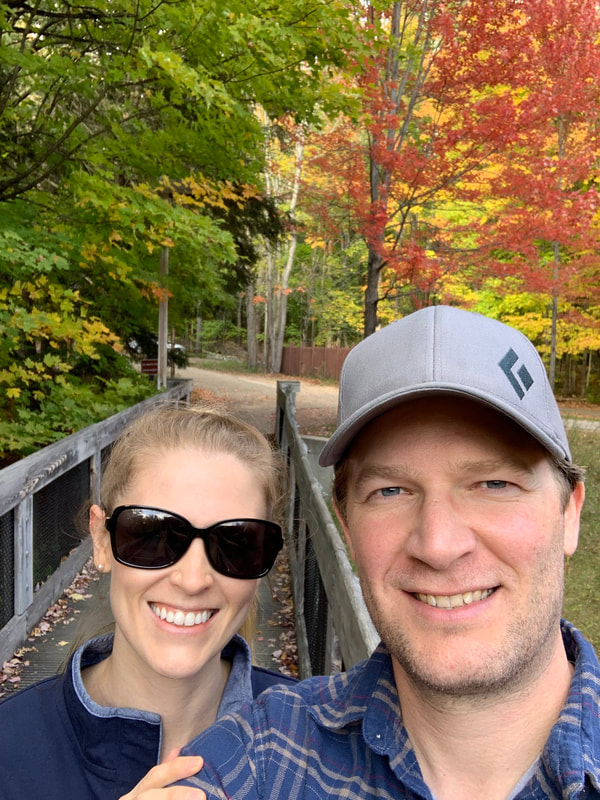
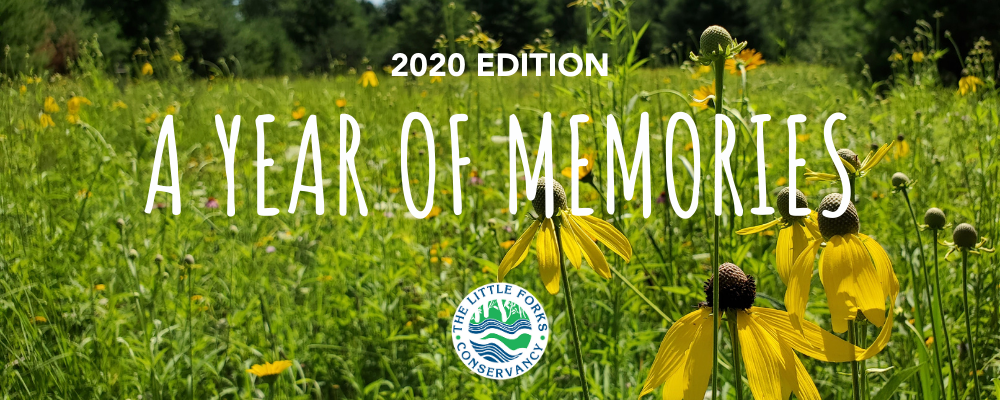

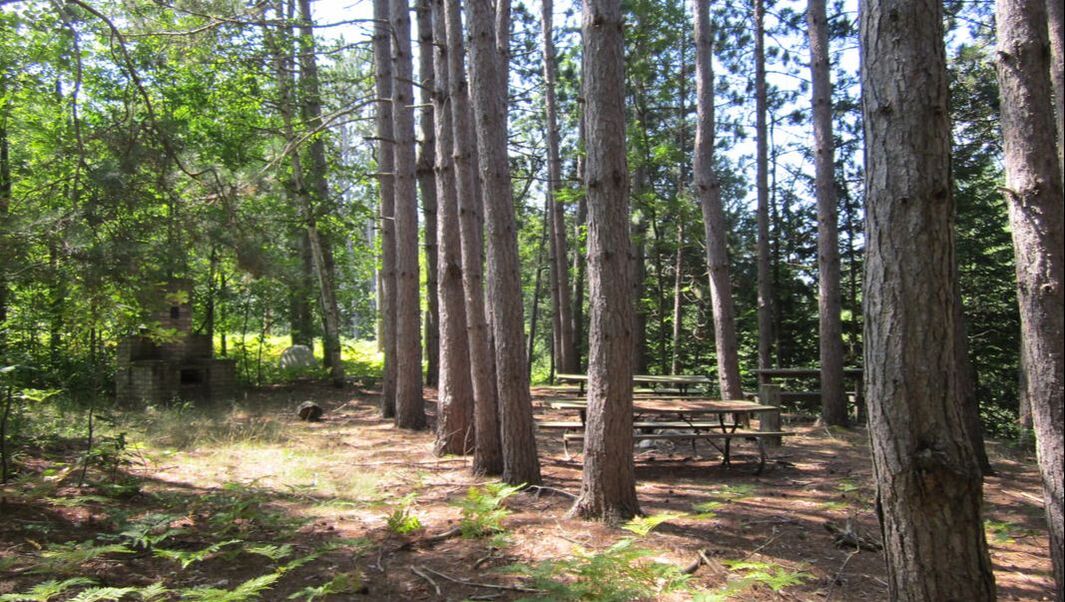

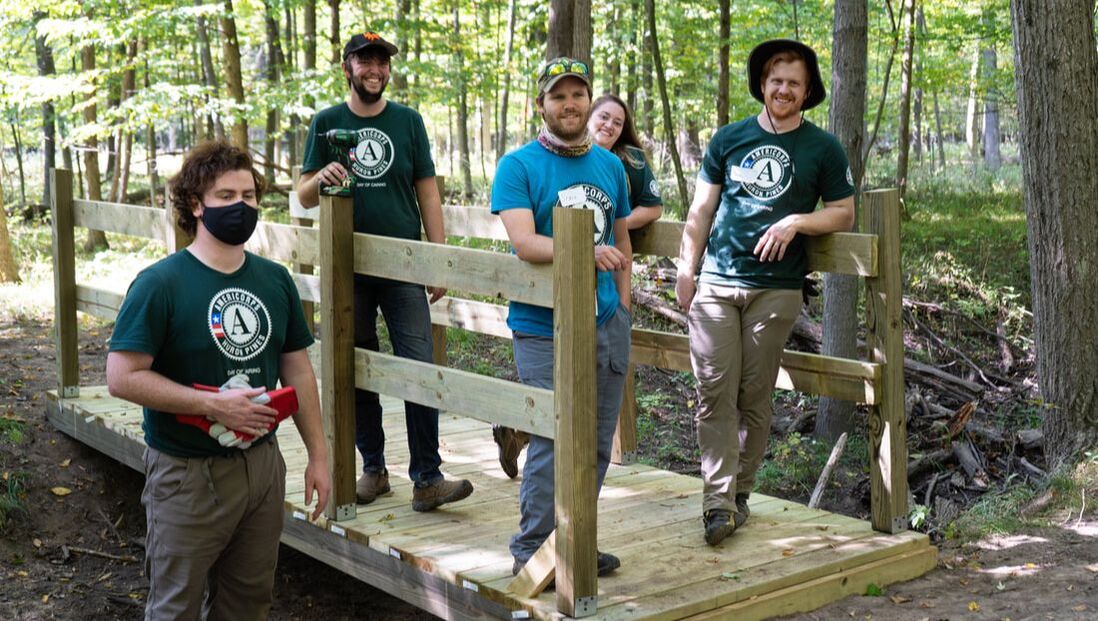
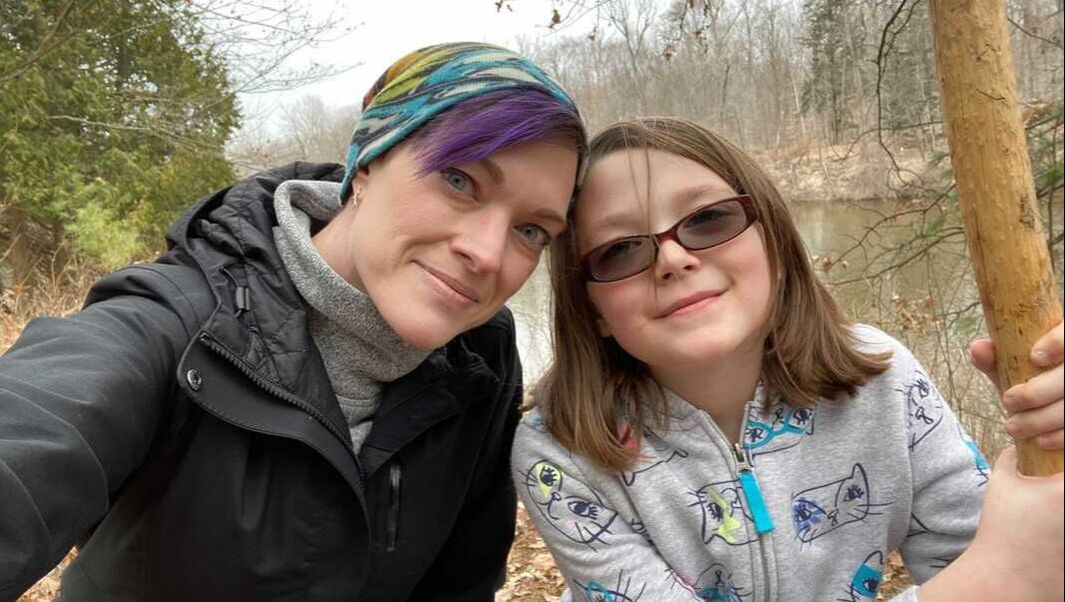
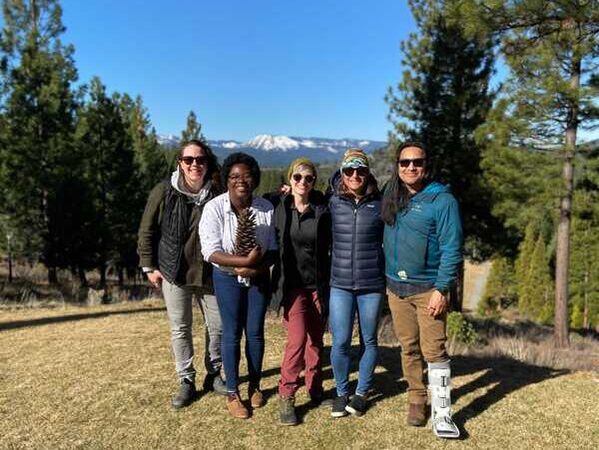
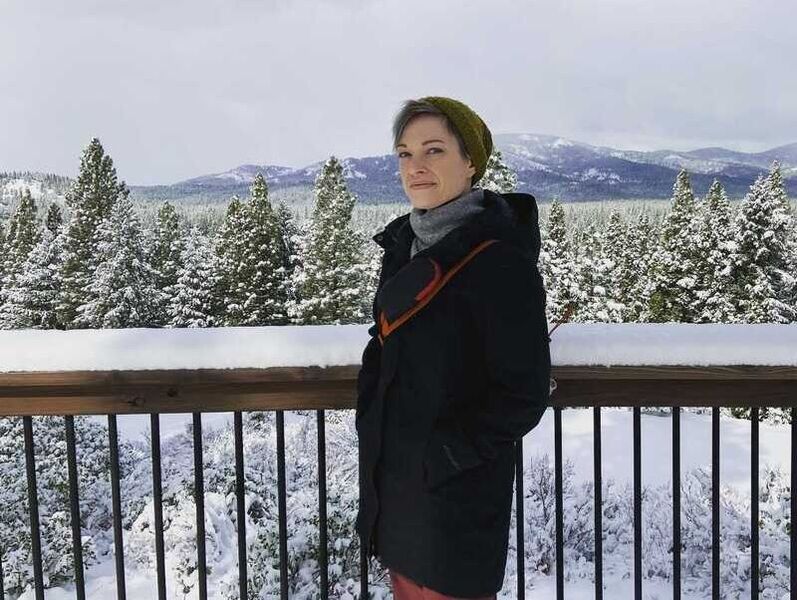
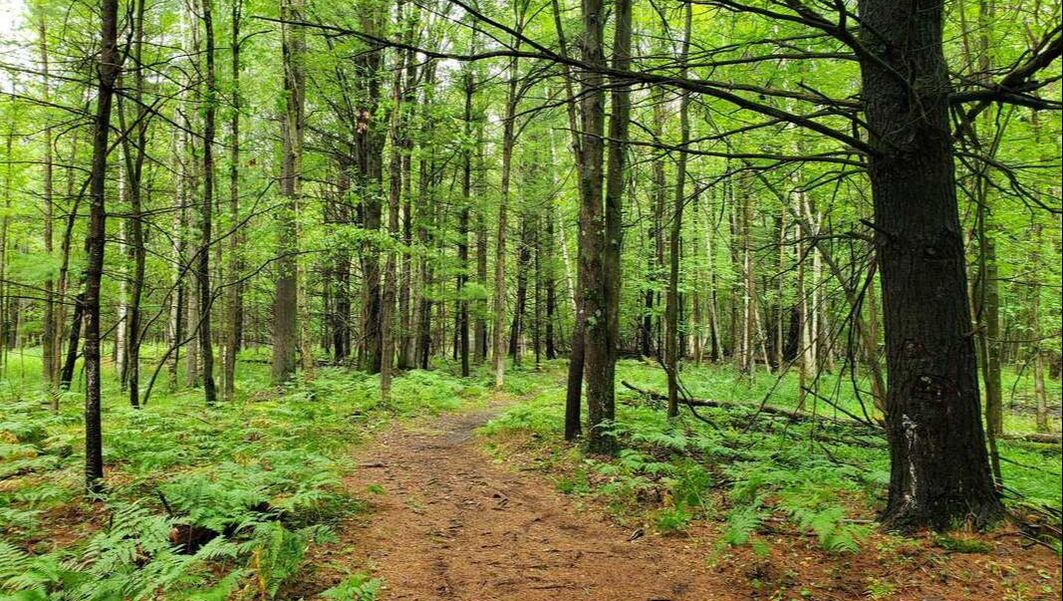

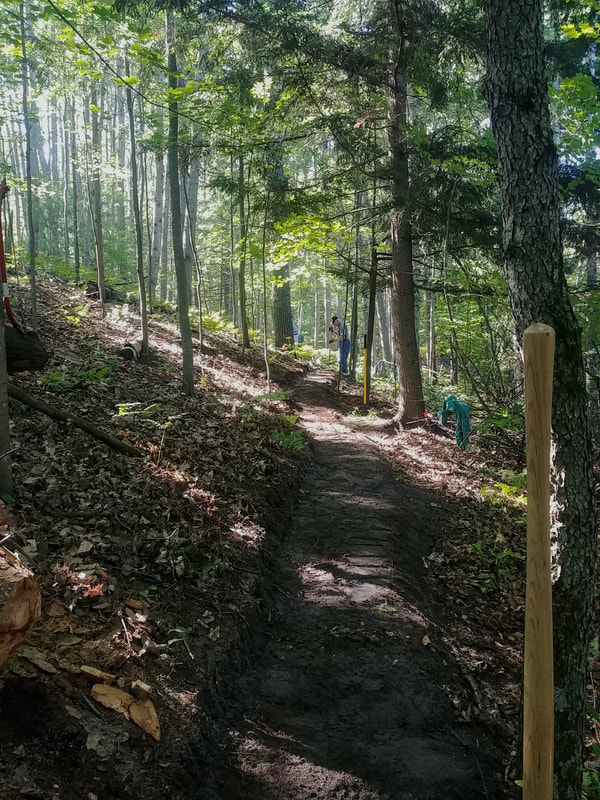
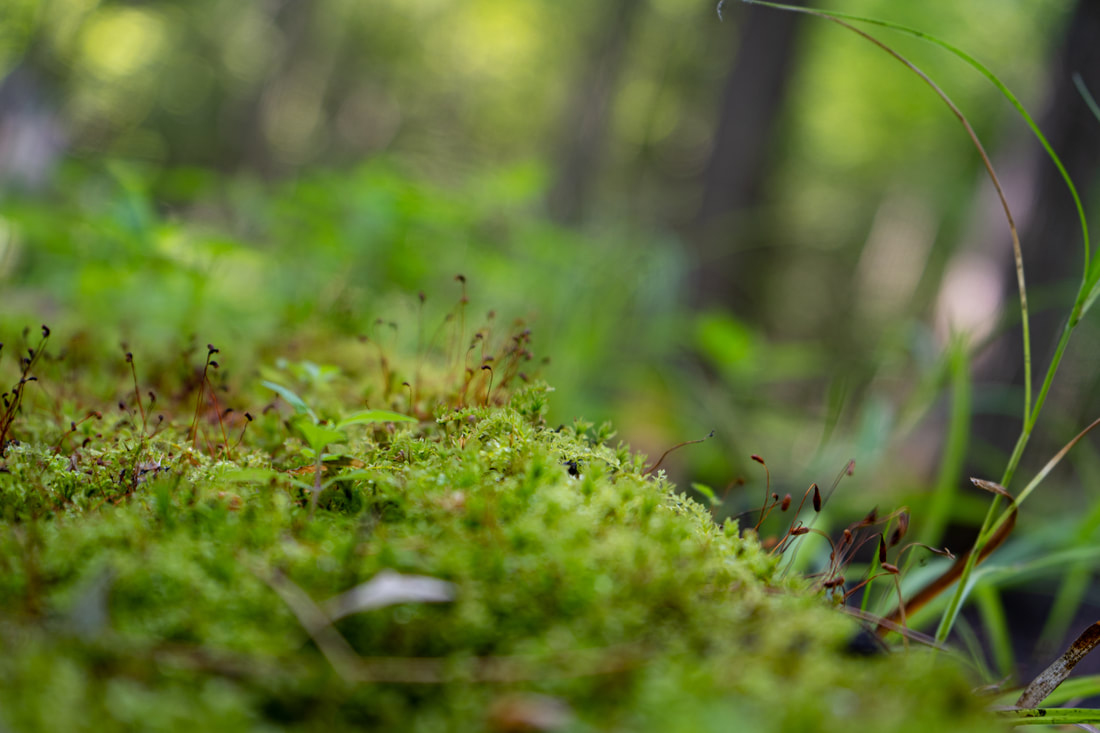
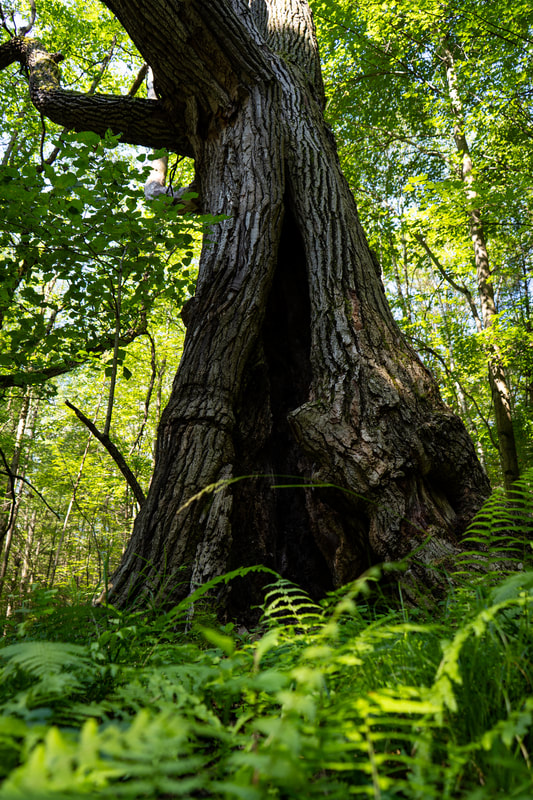


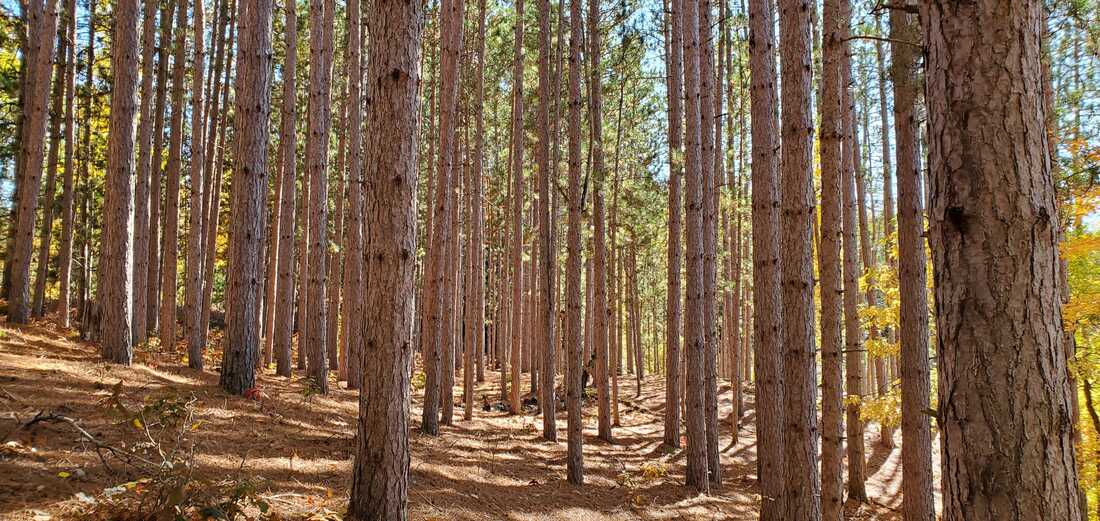
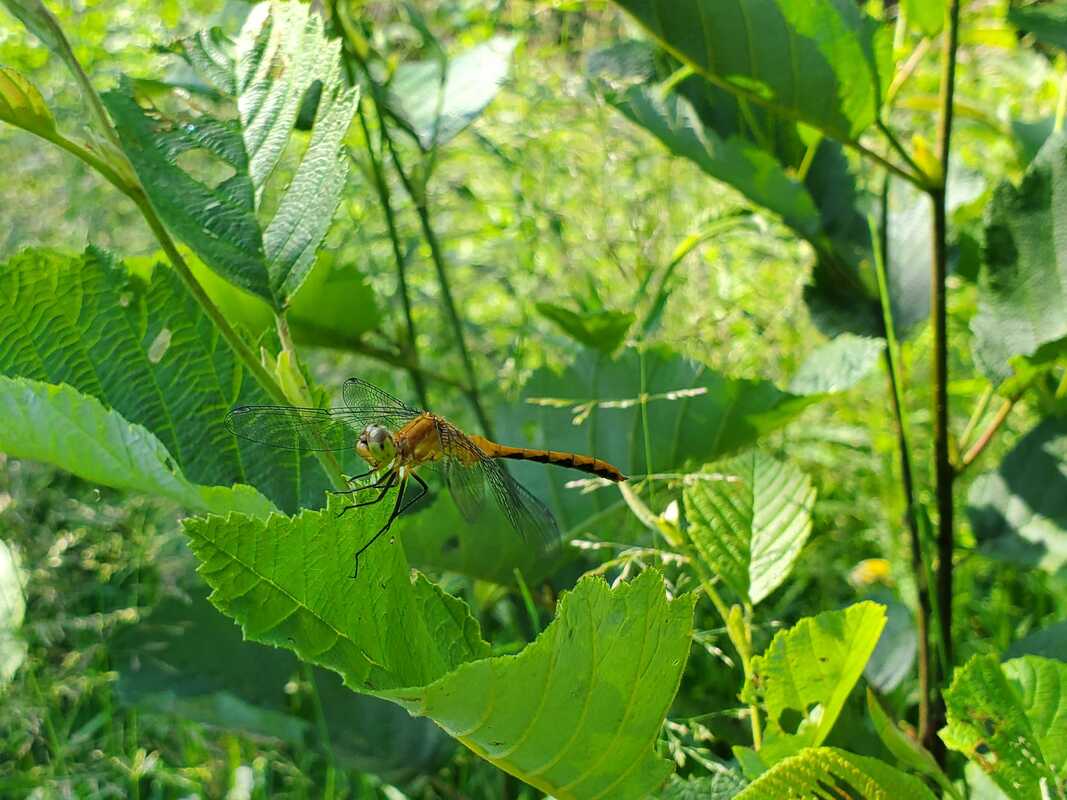
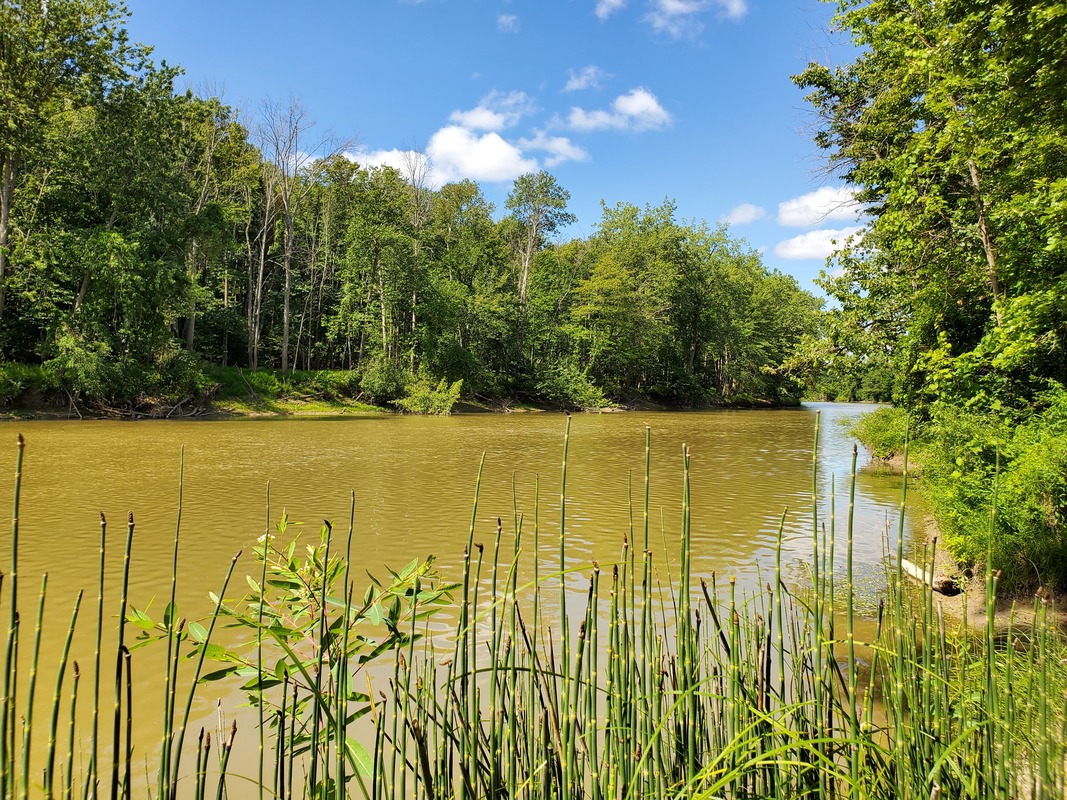

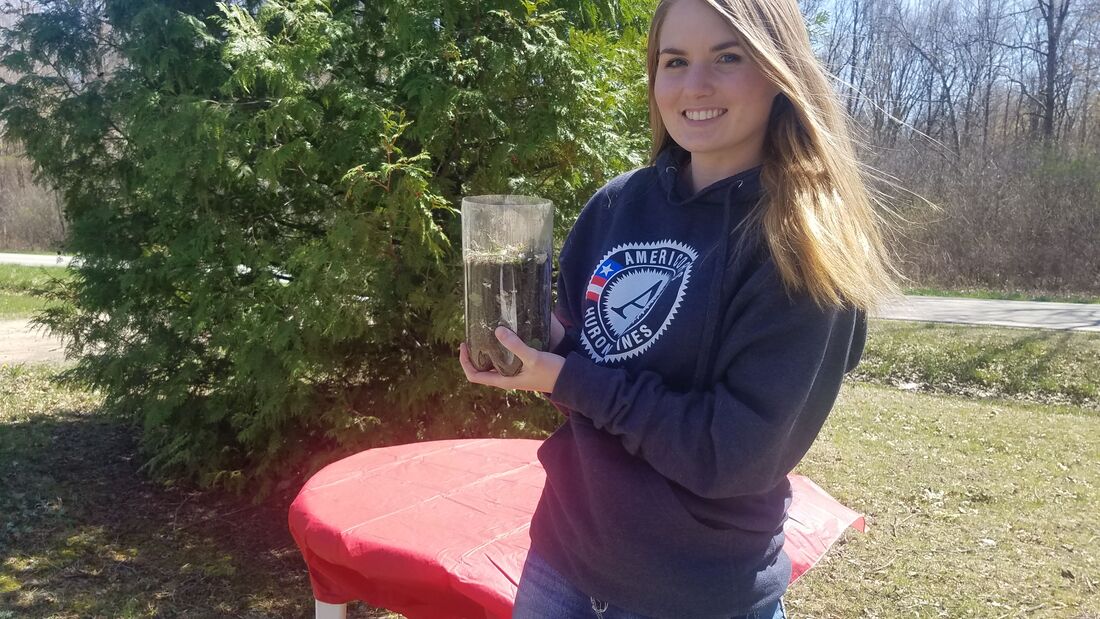
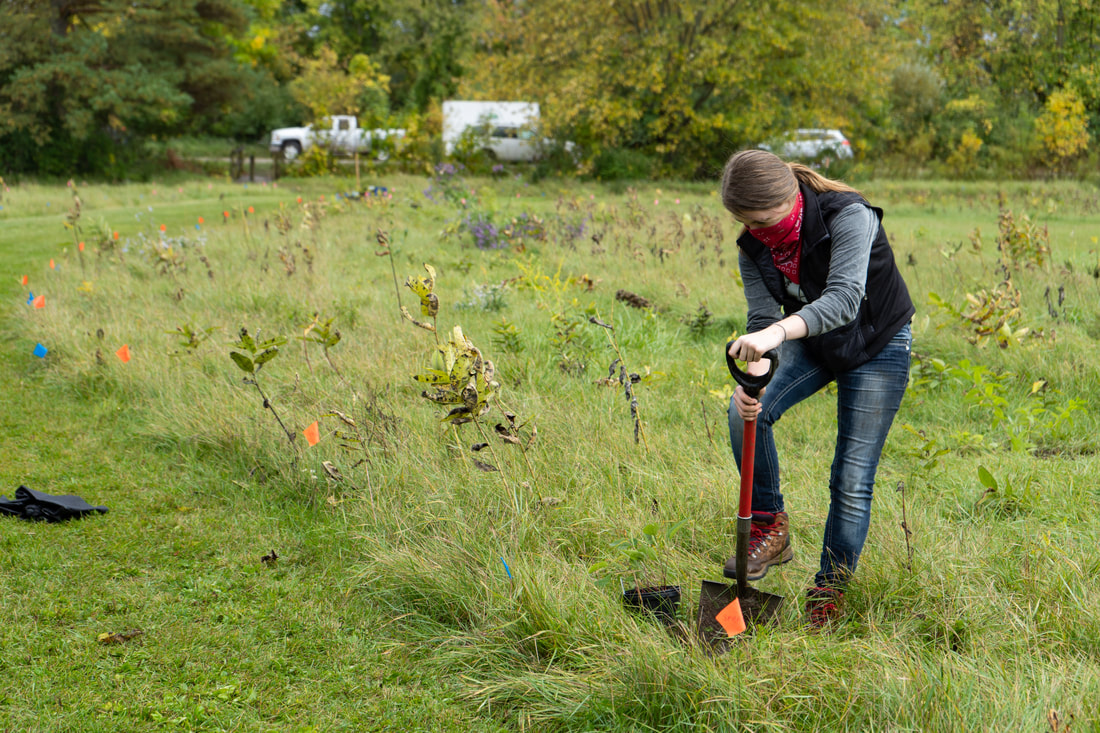
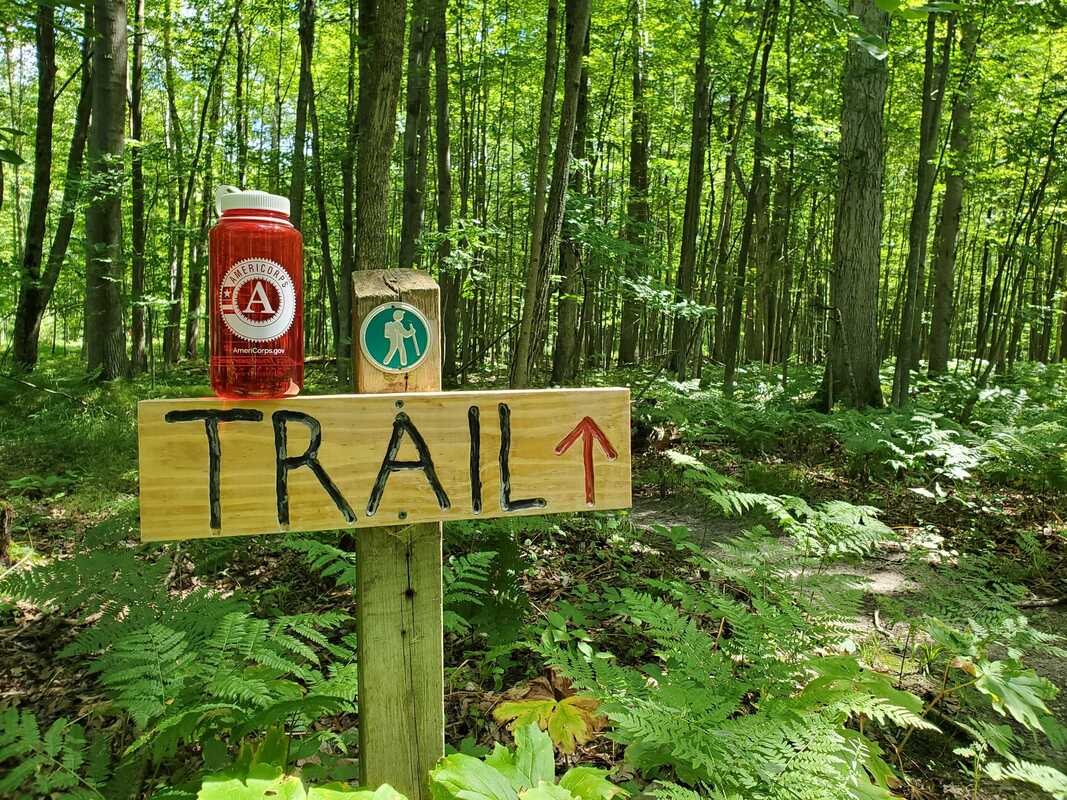
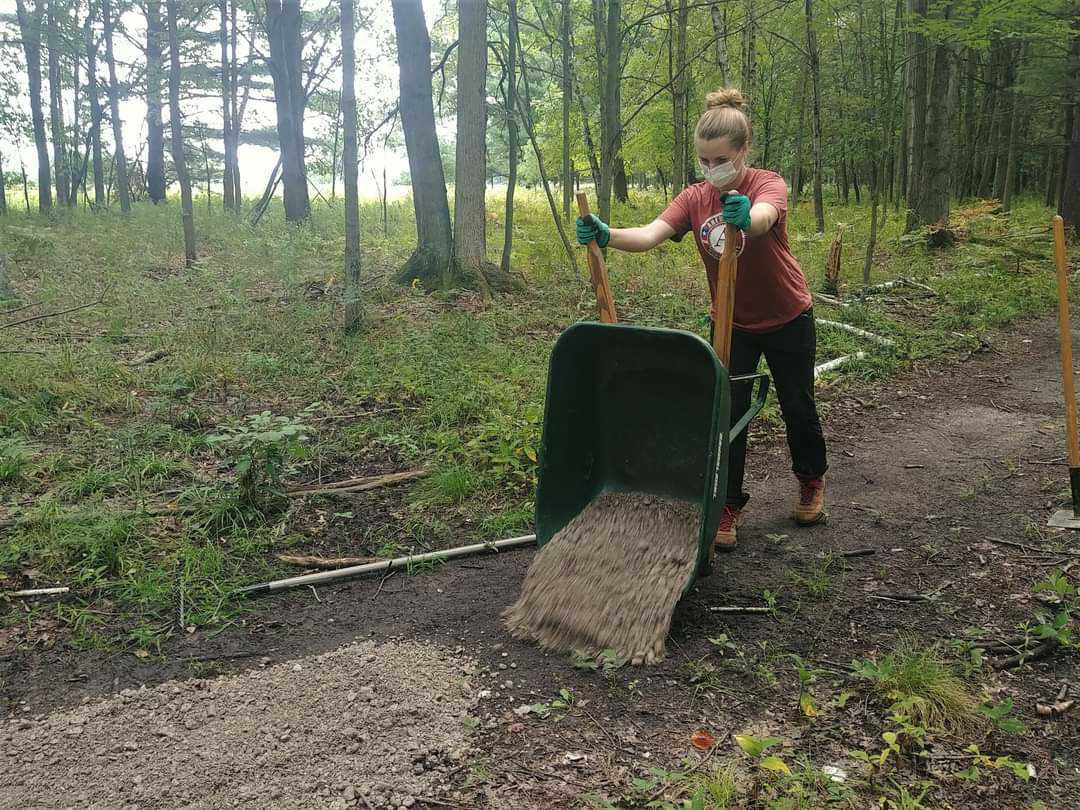
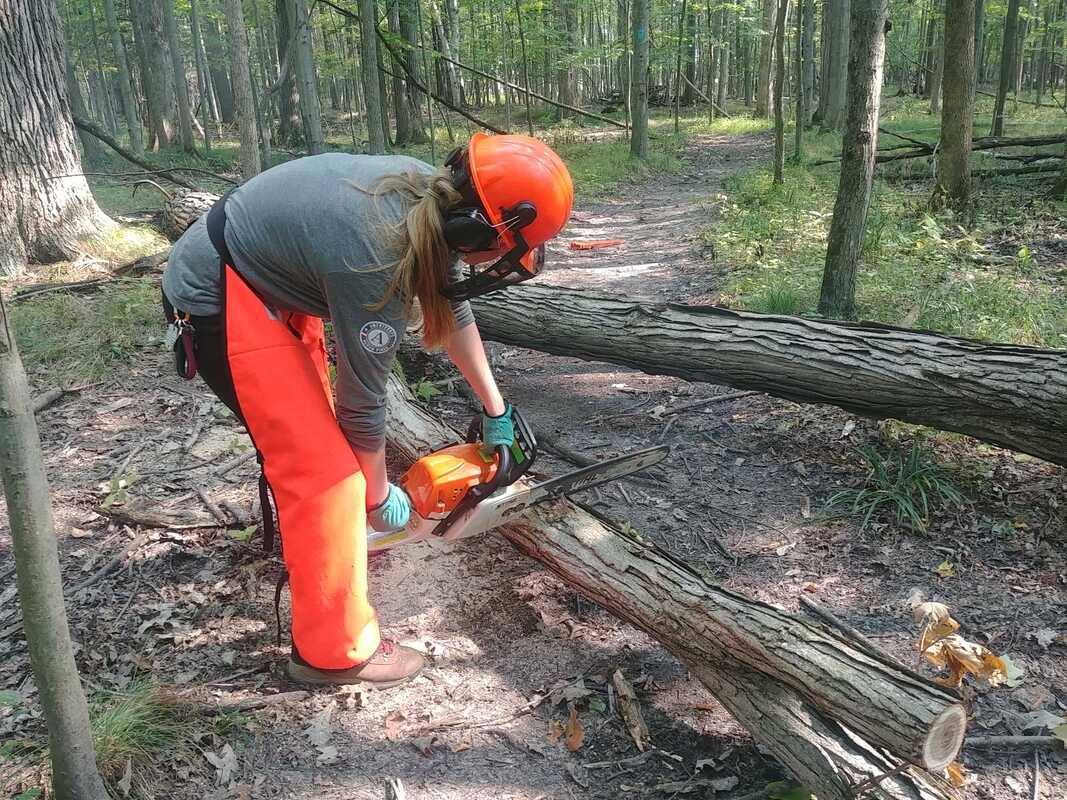


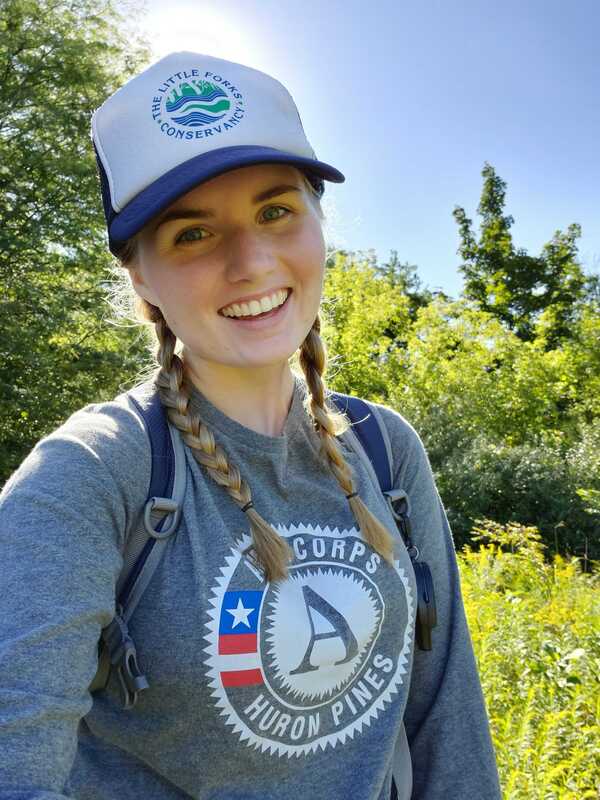
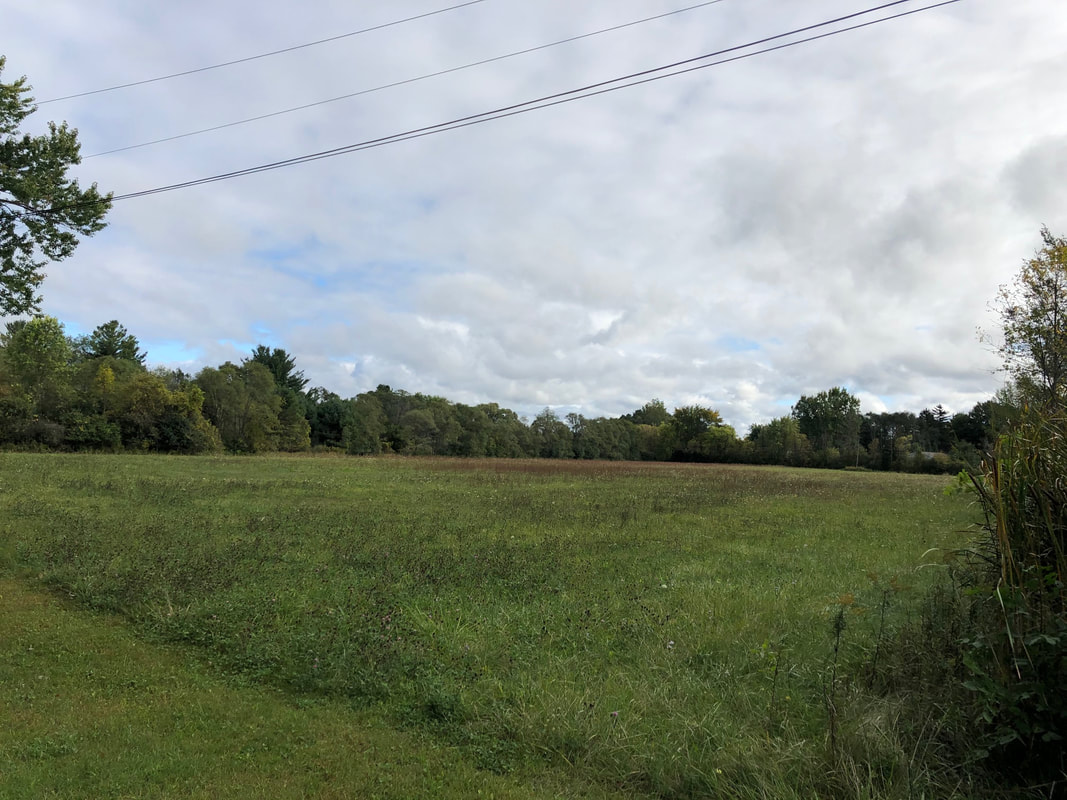
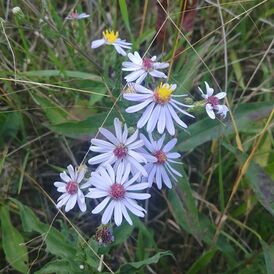
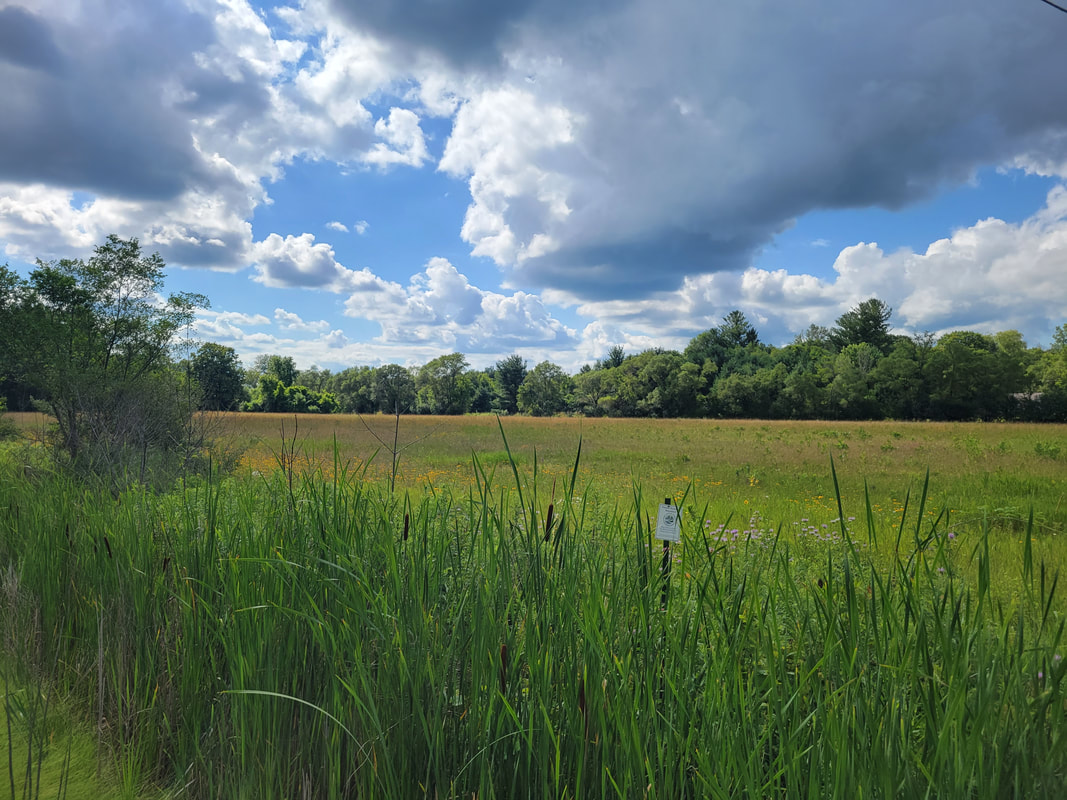
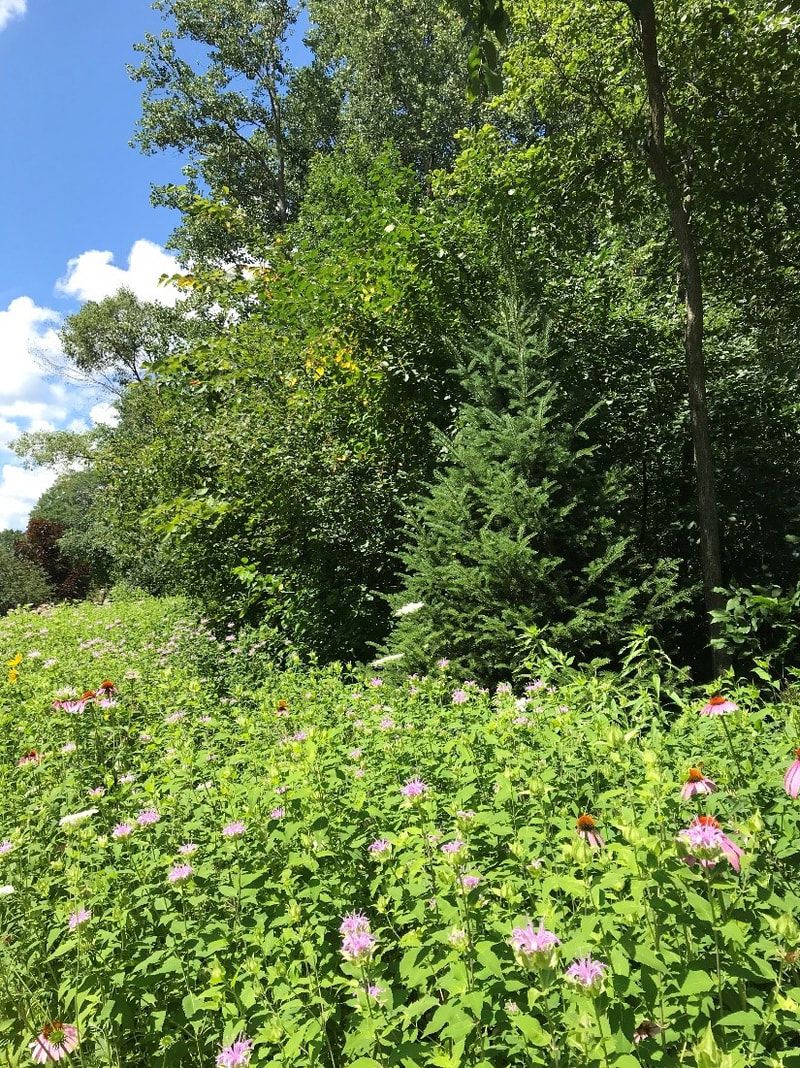
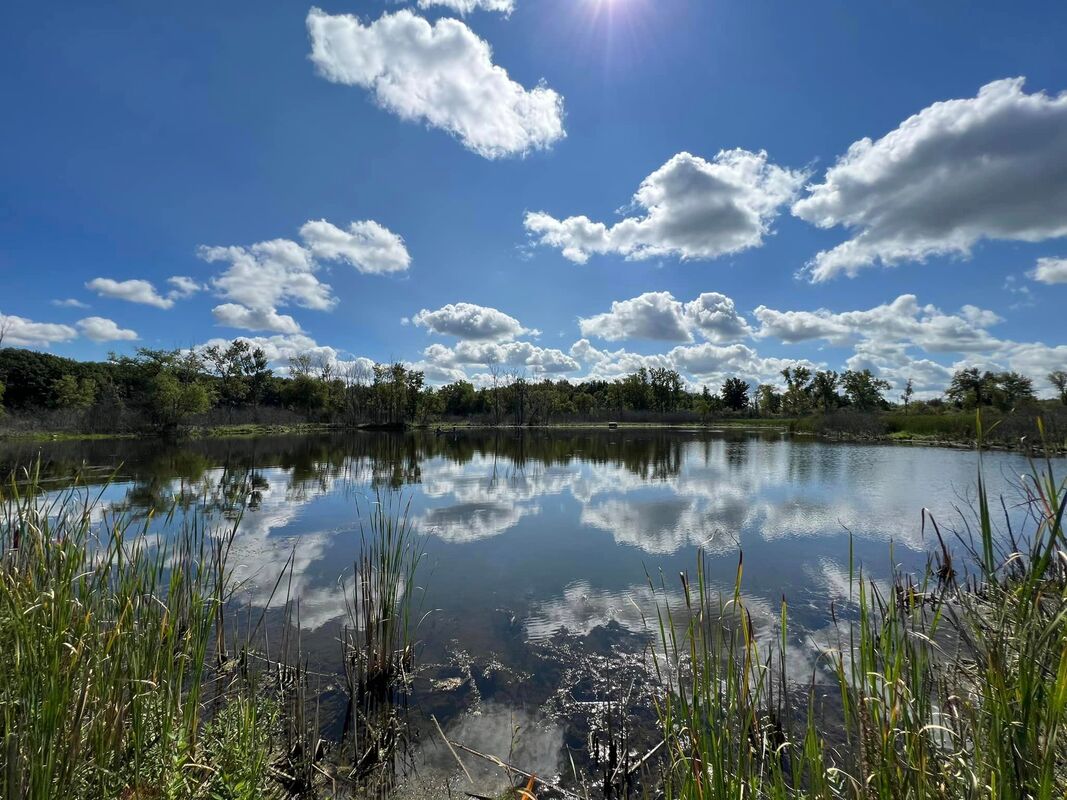

 RSS Feed
RSS Feed
